Autumn is one of the most breathtaking and beautiful seasons in New Hampshire. We can recreate a taste of that beauty right at our doorstep by decorating our front porch with a fall display. Your yard is brimming with colorful plants to use, fall annuals are blooming, and the farmer’s markets are loaded with the harvest of pumpkins and squash. All it takes is a little creativity to set up some decor that will harmonize with the season!
Autumn Door Wreath
If you’re feeling crafty, try your hand at making a fall wreath for your front door. All you’ll need is a wreath frame, wire or hot glue, and beautiful plants from around your yard. Save your evergreen boughs for Christmas, and instead, try weaving together dried grass, corn husks, burlap, grapevines, or any bendable branches from shrubs, like dogwood and willow.
For color, tuck in fall leaves, pine cones, or fall-blooming flowers like coneflowers, asters, sunflowers, and black-eyed Susans. Add a festive ribbon as a finishing touch, and your wreath will be ready for a welcoming fall display on your front porch.
Front Porch Chrysanthemums
You don’t need to have a pumpkin planter to take advantage of fall annuals on the porch. Chrysanthemums are one the most prized bloomers for this time of year. You can find red, yellow, and orange varieties to match the fall foliage or beautiful color contrasts of magenta and pink. To be extra festive, try dressing up your planters with burlap, ribbons, or bows of dried grass.
Pumpkin Planters
Few things say “fall decor,” like pumpkins and squash. You can make these jewels of the harvest into beautiful porch displays by turning them into planters. Simply cut an opening on the top, carve them out, and drill a hole in the bottom for drainage.
Next, place potting soil with flowers right inside the pumpkin, or hide a small pot inside the shell for your display. Living flowers, like mums, work well, as do cut and dried flowers from the foliage around your yard. Either way, you’ll have gorgeous decor that fits with the season.
Fall Farmhouse Porch Display
Evoke the charm of the fall harvest by bringing a taste of the farm to your front door. Set up a straw bale, an antique lantern, and a cornucopia filled with gourds, apples, leaves, and other symbols of seasonal abundance. A pitchfork, milking pail planters, and a wheelbarrow full of pumpkins are other ideas to play with as you create your display.
Painted Pumpkins
Pumpkins and squash alone are already works of art that can turn your porch into a festive decor display. If you want to practice your creative skills, you can also paint them with unique colors, like silver and white. The broad surface of pumpkins is also an ideal canvas for written messages, like “spooky season,” “falling in love,” or “fall greetings,” to welcome your guests to your porch.
Pumpkin Lanterns
Fall is also a time of increased darkness, but we can use the dark hours to create beautiful nighttime displays. We’ve all heard of Jack-o-lanterns, but pumpkins also make gorgeous lanterns throughout the fall. Save the spooky face for Halloween, and instead carve out heart-warming shapes of leaves, birds, animals, or any silhouette that comes to mind. Instead of a candle, use a small light inside to illuminate your pumpkin lanterns.
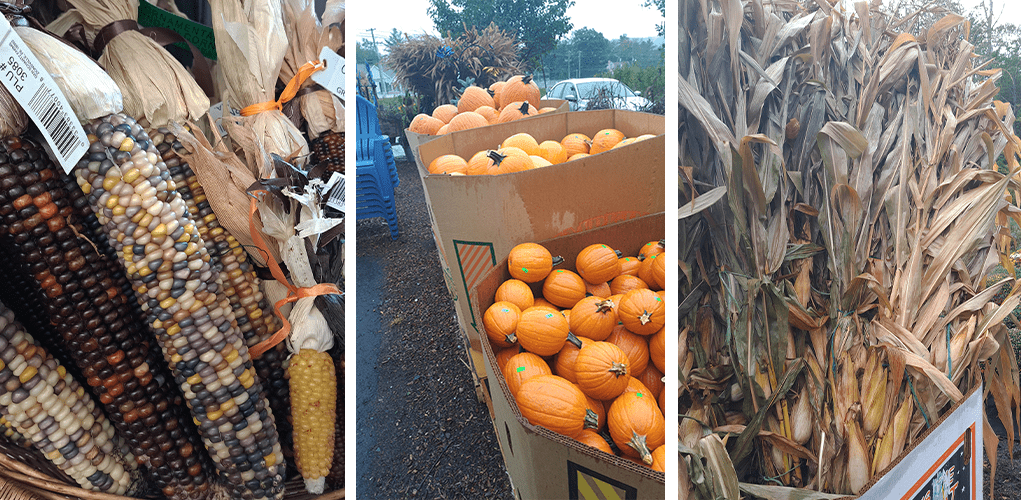
These ideas for fall front porch decor in New Hampshire can stand alone or be combined to create unique displays of your own. For any supplies you might need, feel free to visit Stephens Landscaping Garden Center in Moultonborough, and don’t forget to follow us on Facebook or Instagram for updates and featured products.


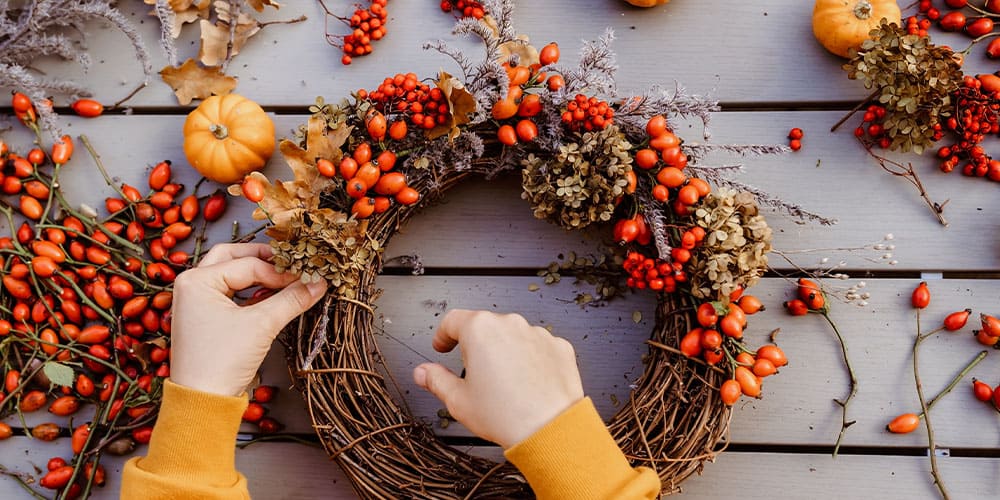
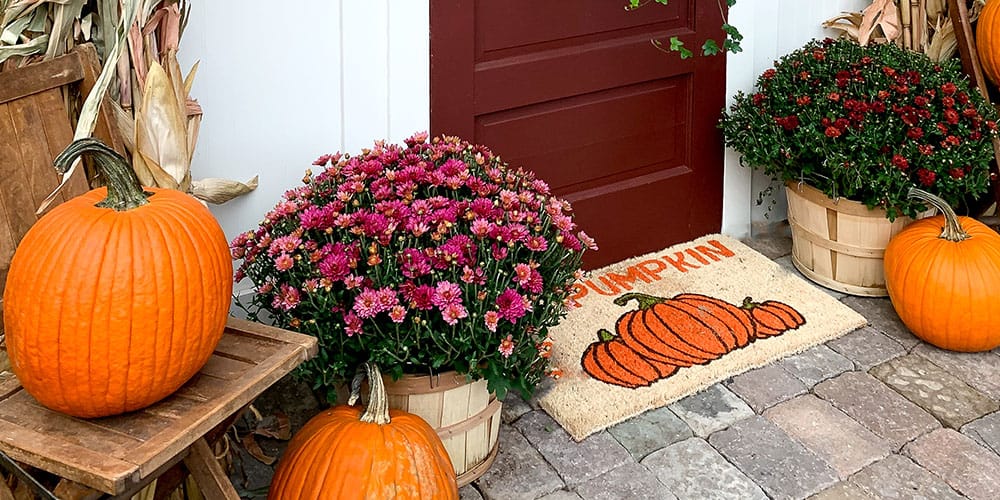
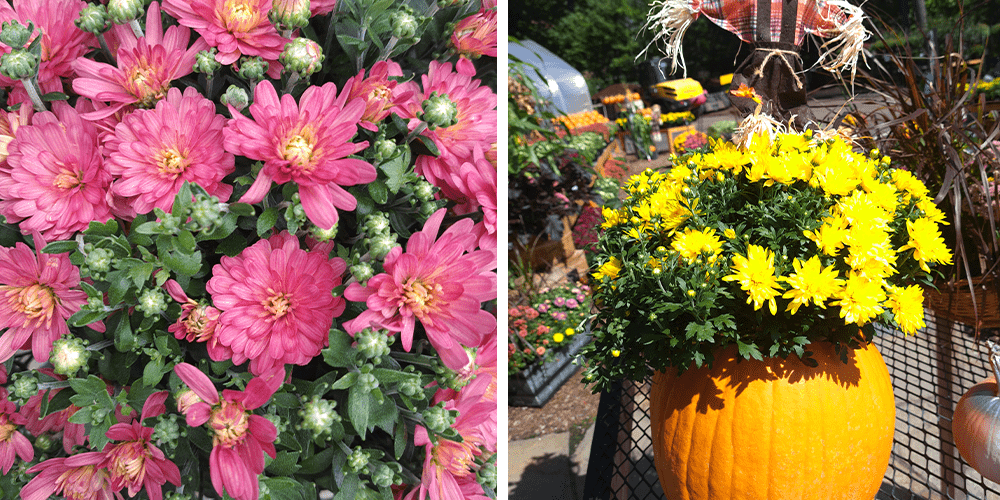
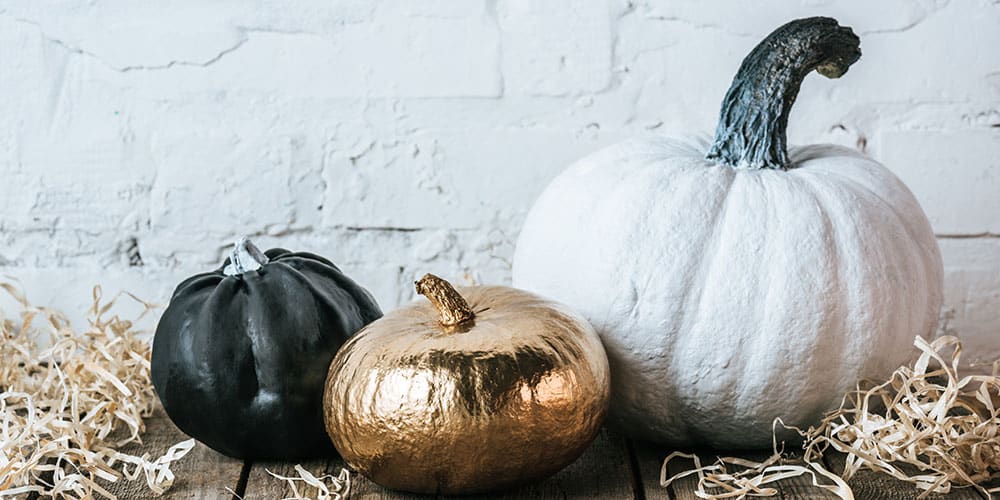
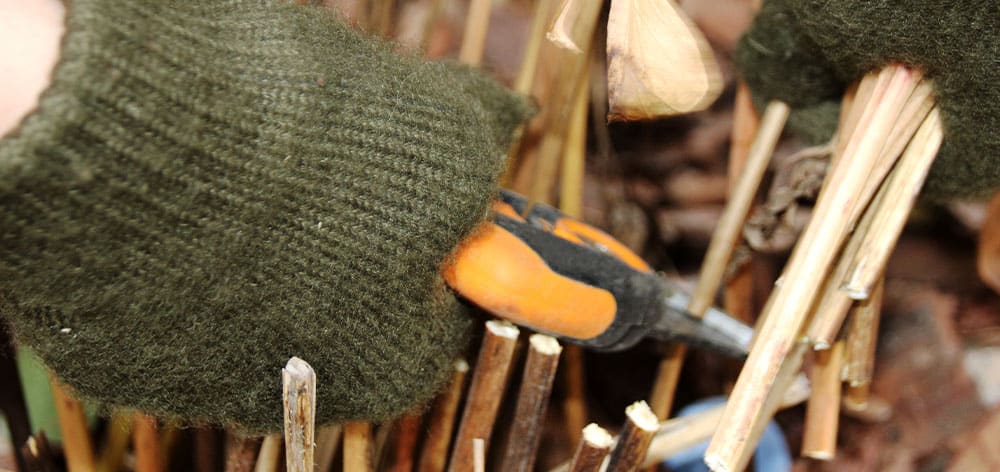 Once the leaves go brown in the fall, you can cut the stems back to the ground. Be careful not to cut so close as to damage the crown of the plant, as this is where new growth will arise next spring. Letting the leaves and stems stay on the plant over winter invites fungi, which can damage your peonies.
Once the leaves go brown in the fall, you can cut the stems back to the ground. Be careful not to cut so close as to damage the crown of the plant, as this is where new growth will arise next spring. Letting the leaves and stems stay on the plant over winter invites fungi, which can damage your peonies. 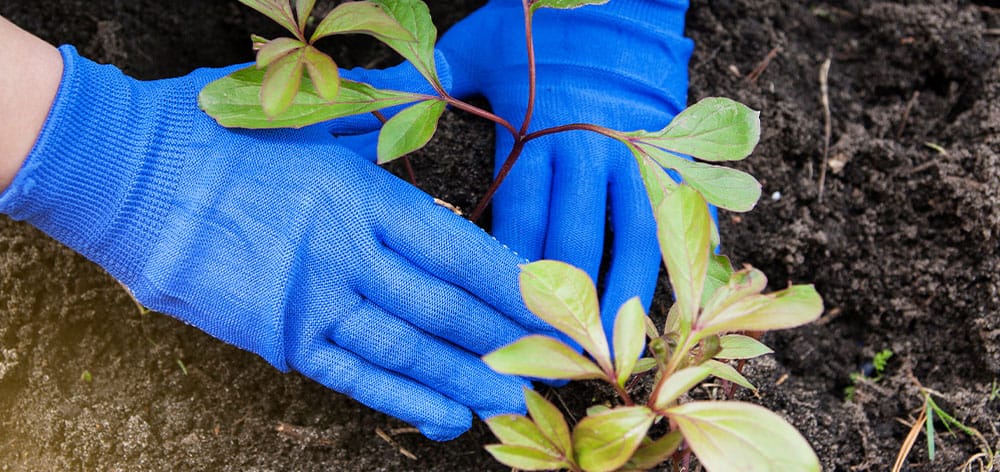 When to Plant Peonies
When to Plant Peonies 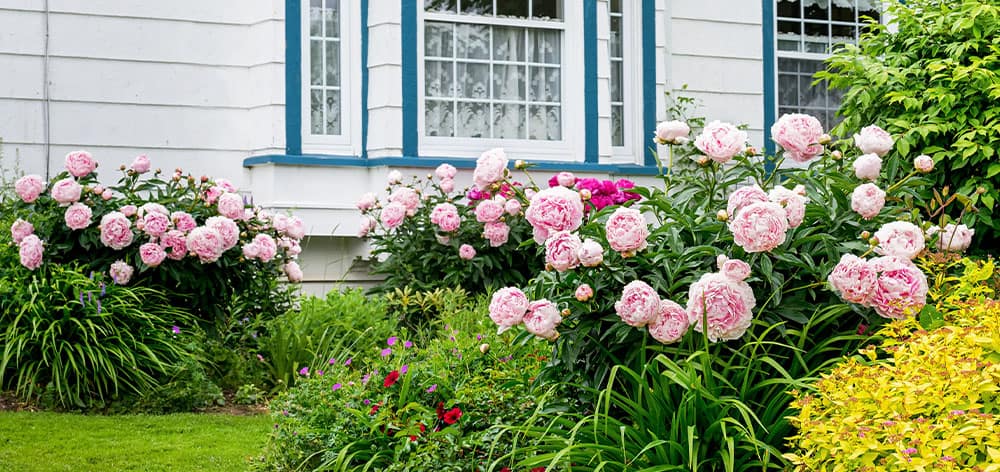 How to Make Your Peonies Comfortable
How to Make Your Peonies Comfortable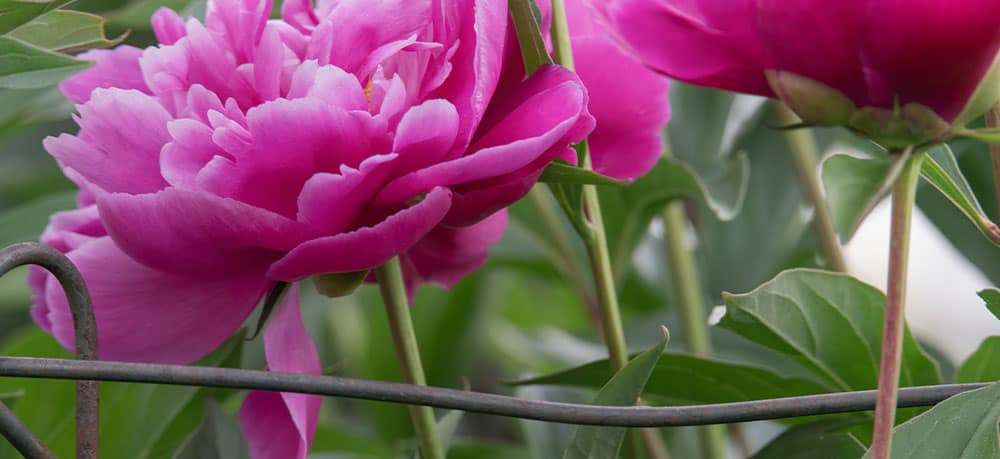 Tips for Summer Care
Tips for Summer Care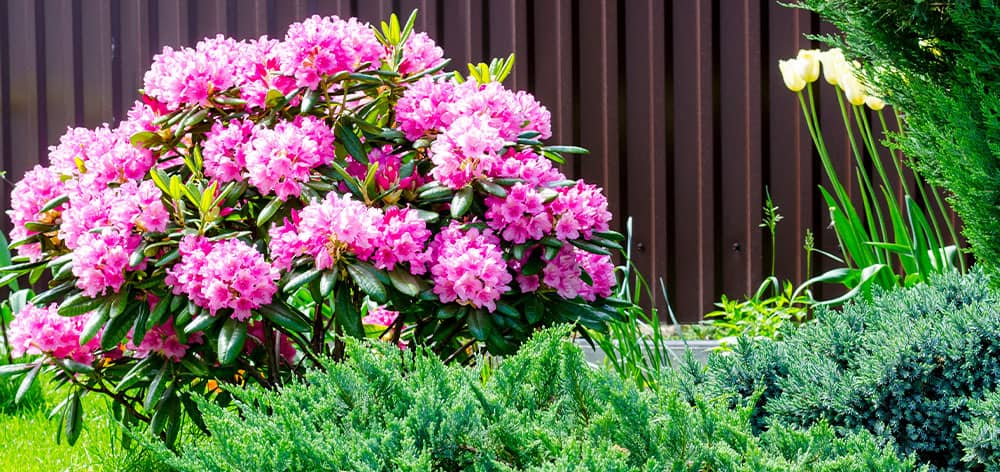 Botanical Origins
Botanical Origins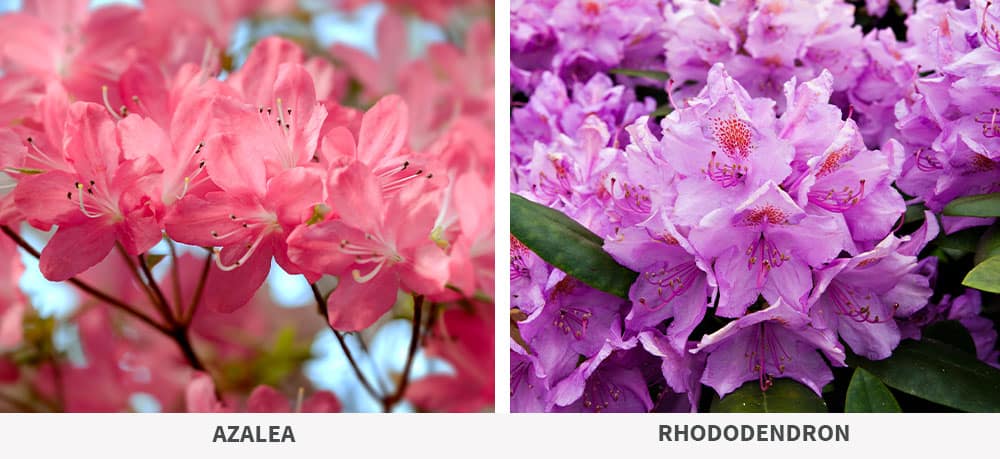
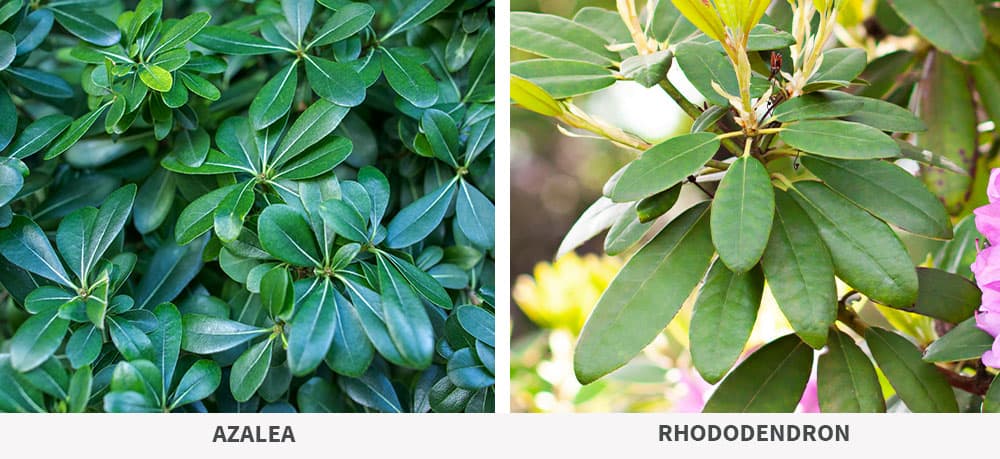
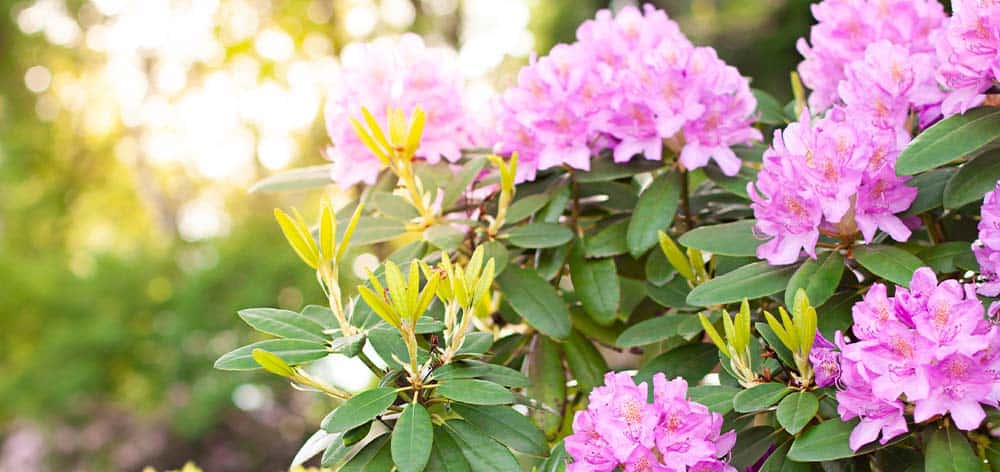 How to Grow Azaleas and Rhododendrons
How to Grow Azaleas and Rhododendrons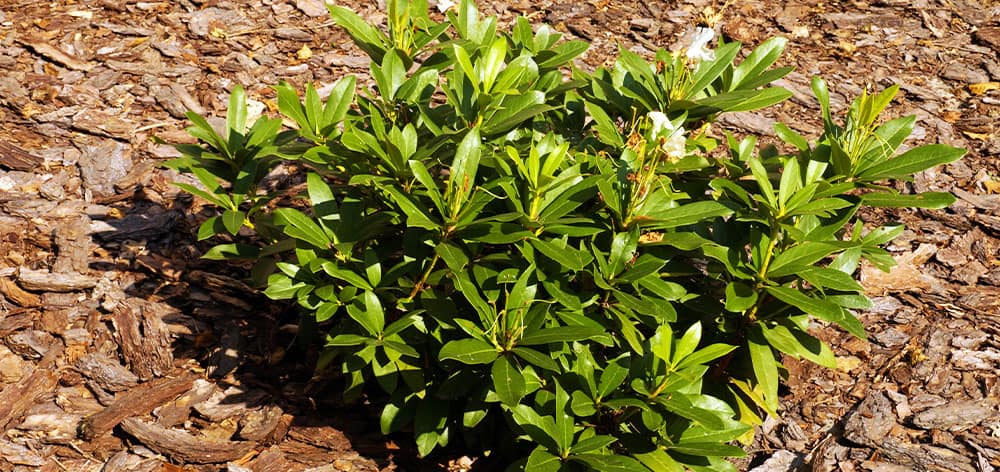 When to Plant Azaleas and Rhododendrons
When to Plant Azaleas and Rhododendrons 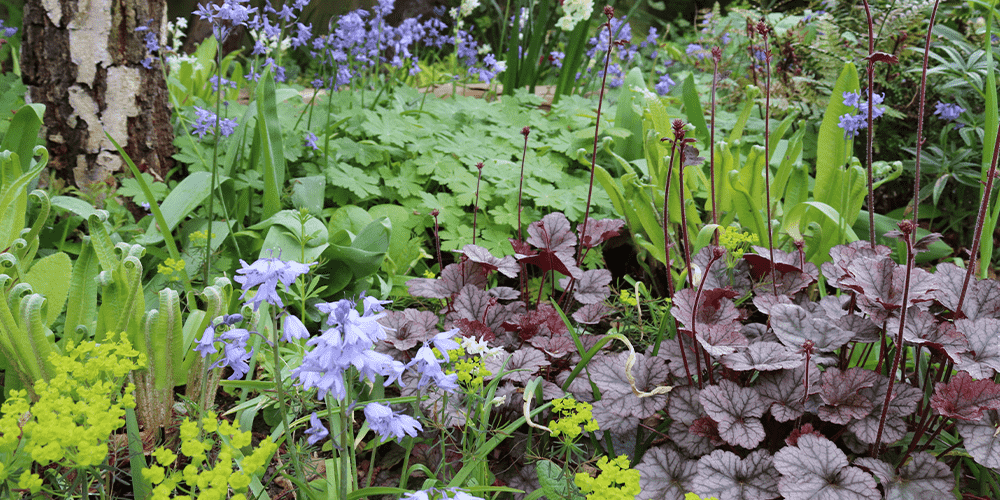 Sunlight for Coral Bells
Sunlight for Coral Bells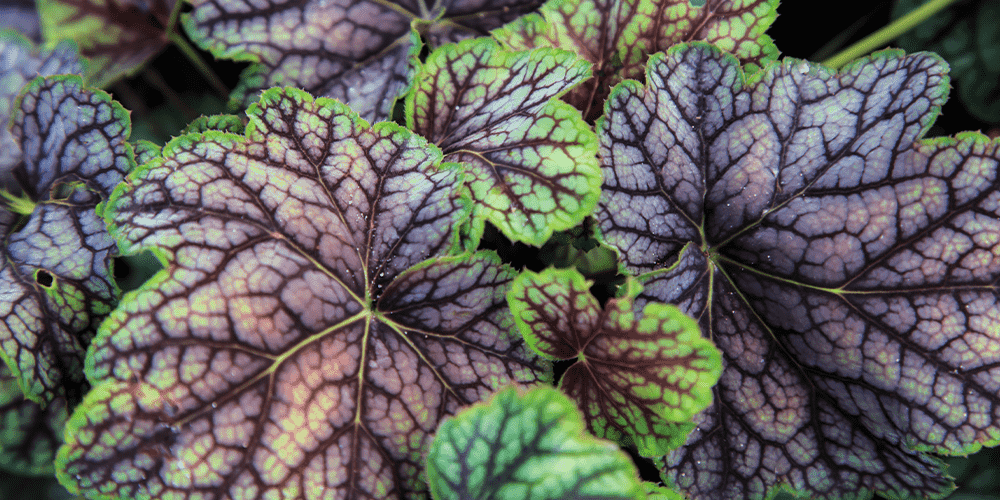
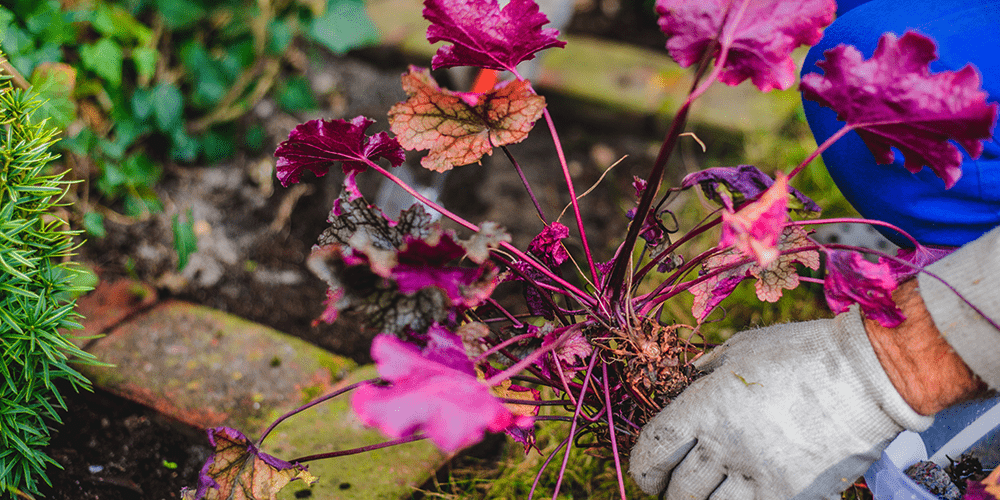 How to Propagate Coral Bells
How to Propagate Coral Bells 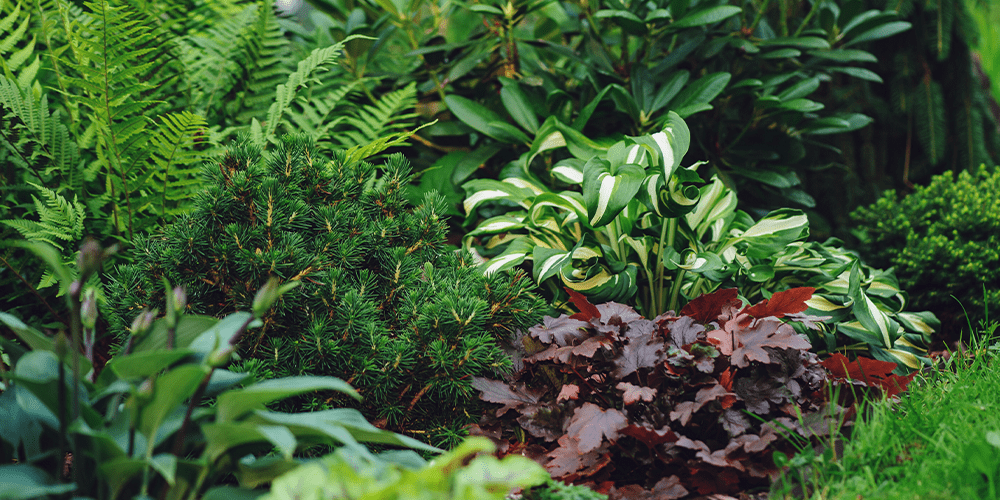 Where to Plant Coral Bells?
Where to Plant Coral Bells? 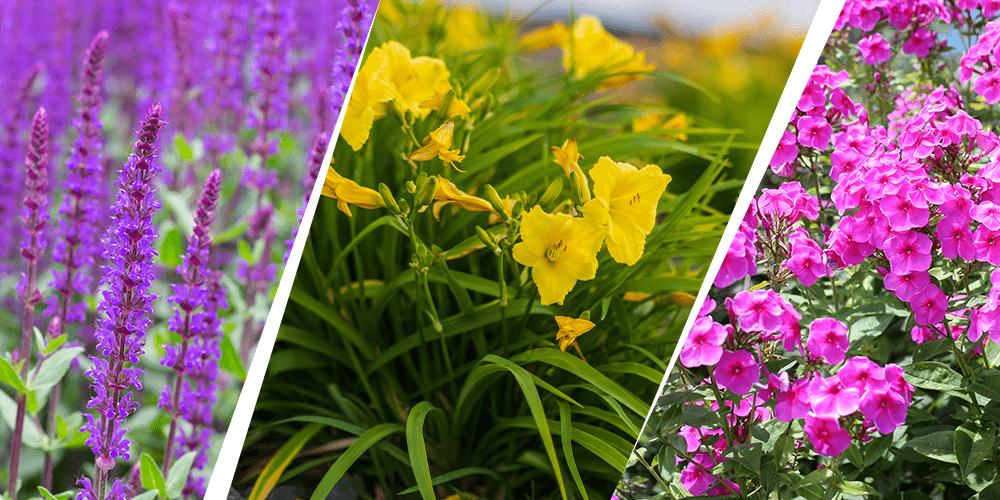 Salvia – Daylily – Garden Phlox
Salvia – Daylily – Garden Phlox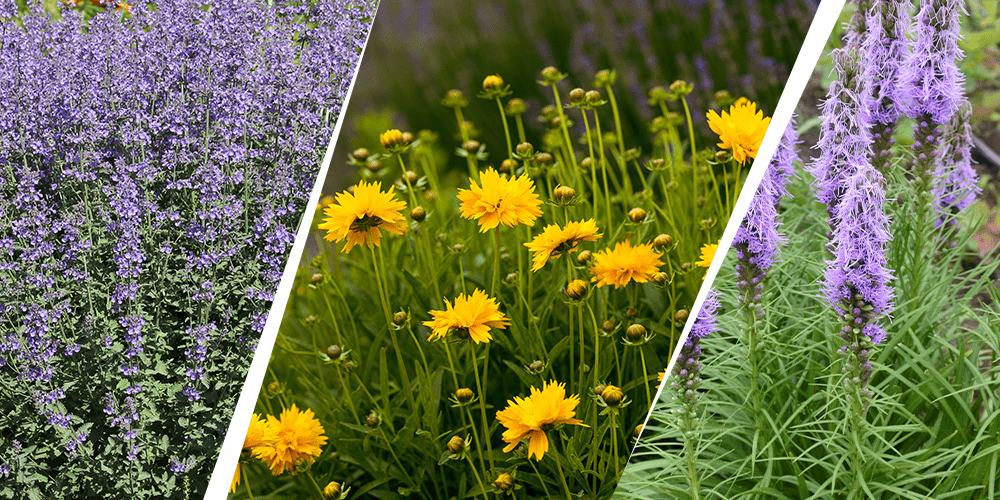 Catmint – Tickseed – Blazing Star
Catmint – Tickseed – Blazing Star 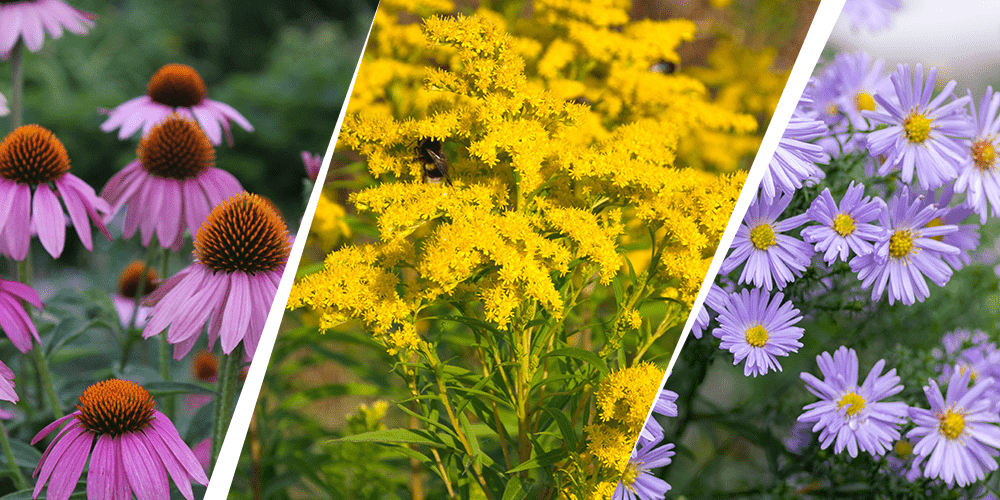 Echinacea – Goldenrod – New England Aster
Echinacea – Goldenrod – New England Aster 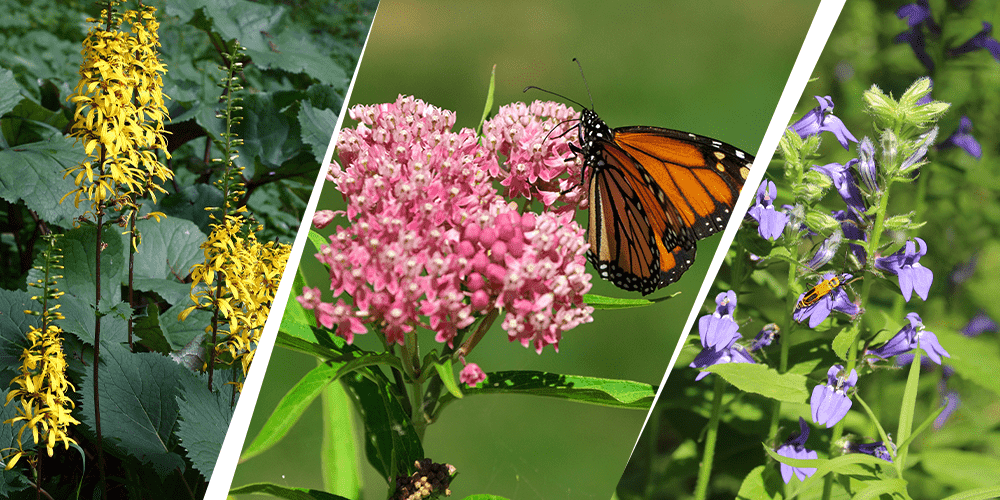 Ligularia – Swamp Milkweed – Great Blue Lobelia
Ligularia – Swamp Milkweed – Great Blue Lobelia 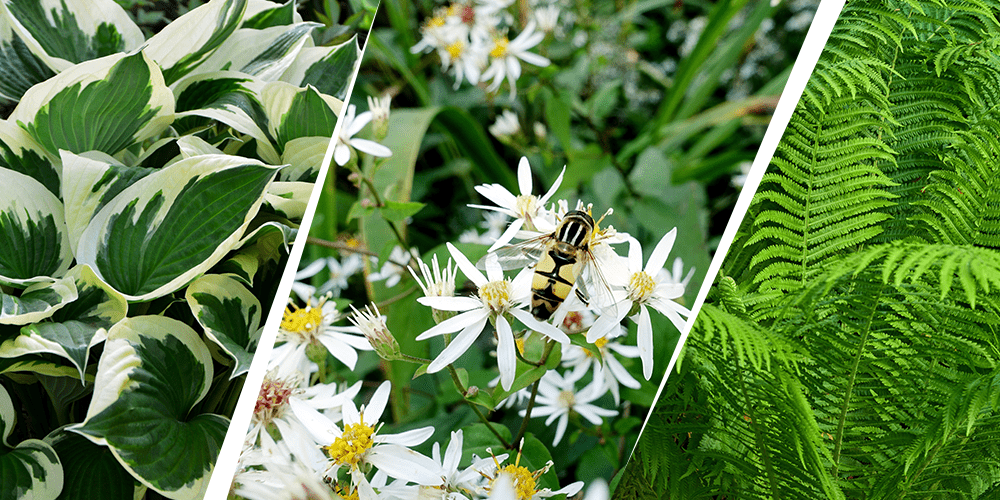 Hosta – White Wood Aster – Fern
Hosta – White Wood Aster – Fern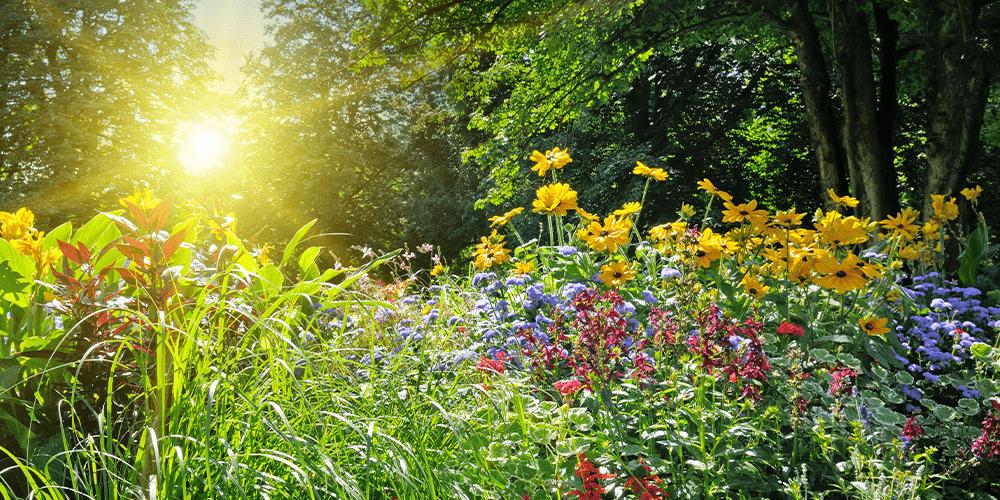 How to Create Your Own Flower Combinations
How to Create Your Own Flower Combinations